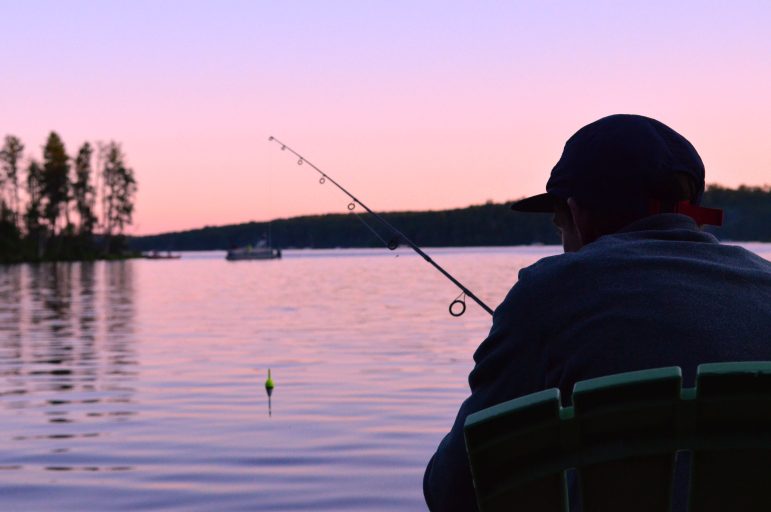
By Isabella Figueroa
A federal grant will help Wisconsin make sure its advisories on eating safe amounts of sport-caught fish are reaching underserved communities.
The Wisconsin Department of Natural Resources has been granted $1 million from the U.S. Environmental Protection Agency, to better reach Spanish, Hmong and rural populations.
Every year, states update their fish advisories to guide local anglers on safe fish consumption. These advisories recommend how much sport-caught fish residents can safely eat due to contamination concerns.
The grant will help the DNR and Department of Health Services improve their communication and outreach in non-English speaking and underserved communities, said Julie Majerus, DNR environmental justice policy advisor.
“Those advisories can be very lengthy, sometimes complex, hard for even the average resident, or even an avid angler, to understand,” Majerus said. “So they’re going to be taking that information and creating, for example, one-page flyers that are really easy.”
Fish consumption advisories are particularly important in Great Lakes states, where legacy pollutants are common. Since the 1970s, states have issued these warnings for sport-caught fish in water bodies contaminated by pollutants like PCBs, PFAS and mercury, said Audrey Van Genechten, manager of the Hudson River advisory outreach program at the New York State Department of Health.
“PCBs were banned in the late ‘70s, so it speaks to the staying power of some of these man-made chemicals in the environment, and we’re still dealing with them,” Van Genechten said.
The EPA plays a key role in regulating these chemicals, setting safety standards, and working with state agencies to monitor contamination levels. Despite federal and state efforts, pollutants like PCBs and mercury are still finding their way into fish, making continuous research and updated advisories necessary to protect public health.
Agencies conduct extensive fish sampling and research before issuing advisories. The New York Department of Environmental Conservation, for example, analyzes approximately 1,500 fish annually from various locations. This data informs updated recommendations, which can either reinforce existing warnings or ease restrictions if improvements are noted.
Eating too much contaminated fish can lead to many long term effects, said Sean Strom, Wisconsin DNR fish and wildlife toxicologist.
Mercury is a neurotoxin that can harm the development of children. PCBs are associated with cancer and harmful effects on immune, nervous, and reproductive systems. PFAS are not as well studied, but have been associated with some cancers, high cholesterol and obesity.
“As we learn more about it, the laundry list grows,” Strom said.
Grant to boost awareness in underserved communities
The new EPA grant focuses on eight Wisconsin counties with Hmong, Hispanic and rural populations.
The DNR split the grant money between two organizations: Healthy Opportunities for Latin Americans and the Wisconsin Institute for Public Policy and Service. Together, they manage the Hmong and Hispanic Communications Network and the Rural Resilience Network.
These groups are also working with county health departments and parks and recreation departments to post more signs in fishing areas to ensure people receive proper safety information.
With experience in health equity and community events, the departments have built relationships with local churches and community groups. Their goal is to reach Spanish and Hmong-speaking communities, as well as rural and urban groups with limited access to information.
